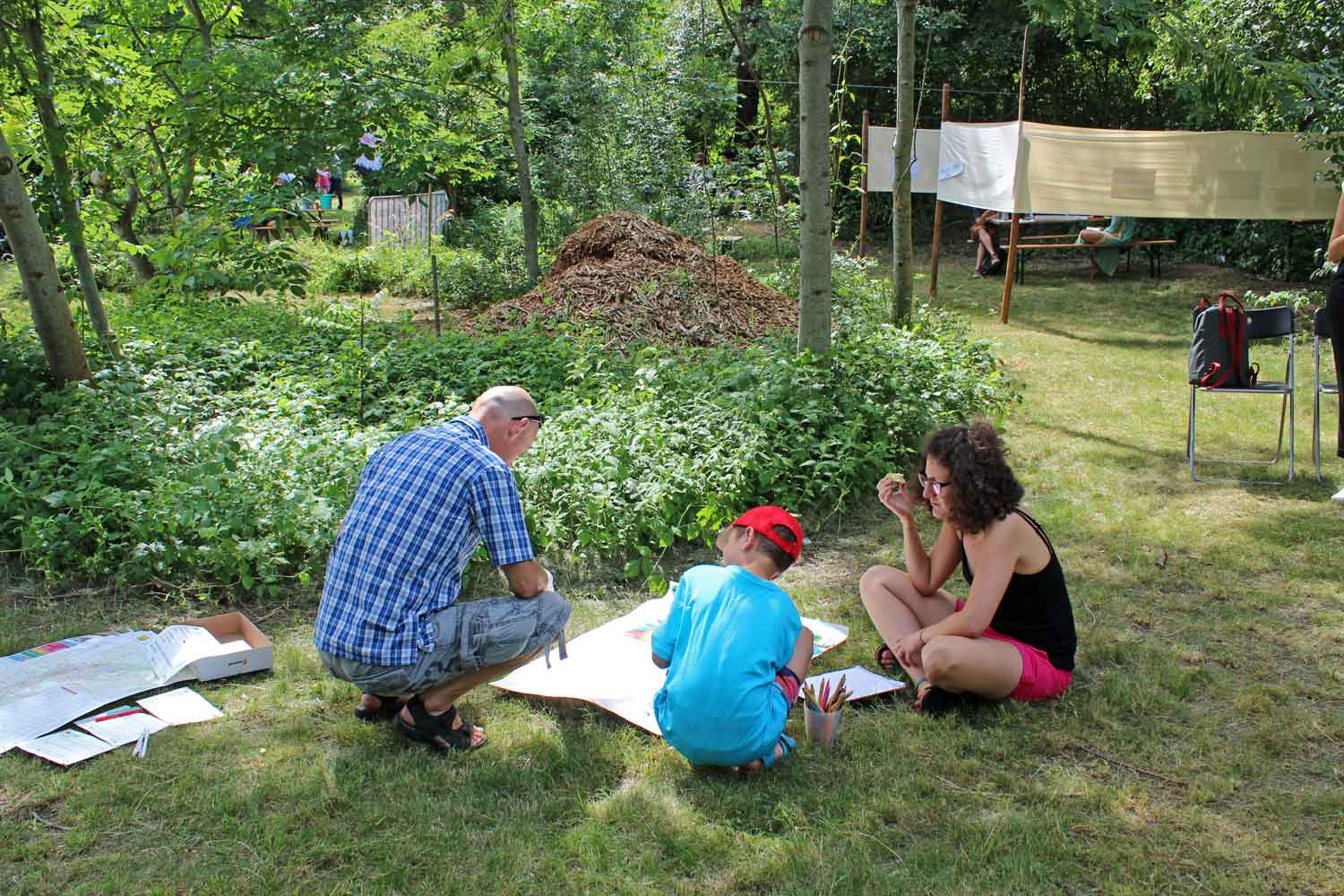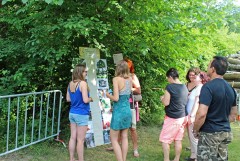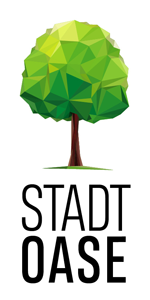The civic participation project STADTOASE, part of the “Smart Pölten” initiative, was launched by St. Pölten’s town council in 2017, with the aim of developing intelligent approaches and visions for designing green and open spaces ecologically and socially. The intention is to permanently safeguard the quality of life, health and wellbeing of the residents in the provincial capital of Lower Austria with technical and social innovations. Within the framework of STADTOASE the whole of St. Pölten is being transformed into an extensive testbed for pioneering greening experiments in urban space, with 15 teams of experts and 19 local firms and institutions working on this in close collaboration.
Numerous green open spaces and meeting-places will take shape in different parts of the town, to facilitate experiencing nature and new green technologies:
> Mobile Urban Pocket Gardening, Floating Gardens
> demonstrations of the “edible town” (e.g. Mush.Room – growing mushrooms in the dark, a raised bed utilizing natural cycles, edible baroque garden with four-field rotation, fruit paths)
> green walls/green street furniture (e.g. living-room gardens in the form of furnished timber decks under awnings with edible plants and a drinking fountain)
> climate research laboratory for children
Multifunctional green spaces
The actual design of the STADTOASE will be worked out by the project partners in a participative process with residents. For this the council provide so-called “multifunctional green spaces”. Interdisciplinary project teams generate exemplary prototypes which are then discussed in citizen workshops, assessed and finalized for subsequent implementation. Among them are routes leading through the town from one demonstration green stepping-stone to the next. Here new green techniques of protecting against wind, dust and noise will be demonstrated, along with cooling green structures and vegetation to illustrate the idea of the “edible town”. At the same time these demonstration green zones should serve as places to meet and communicate.
Climate research laboratory
A site container with outside greenery to improve the microclimate and with climate monitoring instrumentation serves as a research laboratory for green structures in urban areas. Here mobile instruments, experiments and climate games are provided specially for children and young people.
Monitoring & Social Impact
To measure climate indicators such as air temperature and humidity, monitoring stations are set up at various points in town. The aim here is not just to document the effects of green structures on the microclimate, but also to identify social factors and causal interrelations. To do this, sociological surveys are carried out, particularly with the target groups most affected by the Urban Heat Effect, i.e. children and elderly residents. In the course of the project a model for discussing and assessing the social impact of measures to shape green and open spaces and their social return on investment (SROI) will be developed.
www.stadt-oase.at



